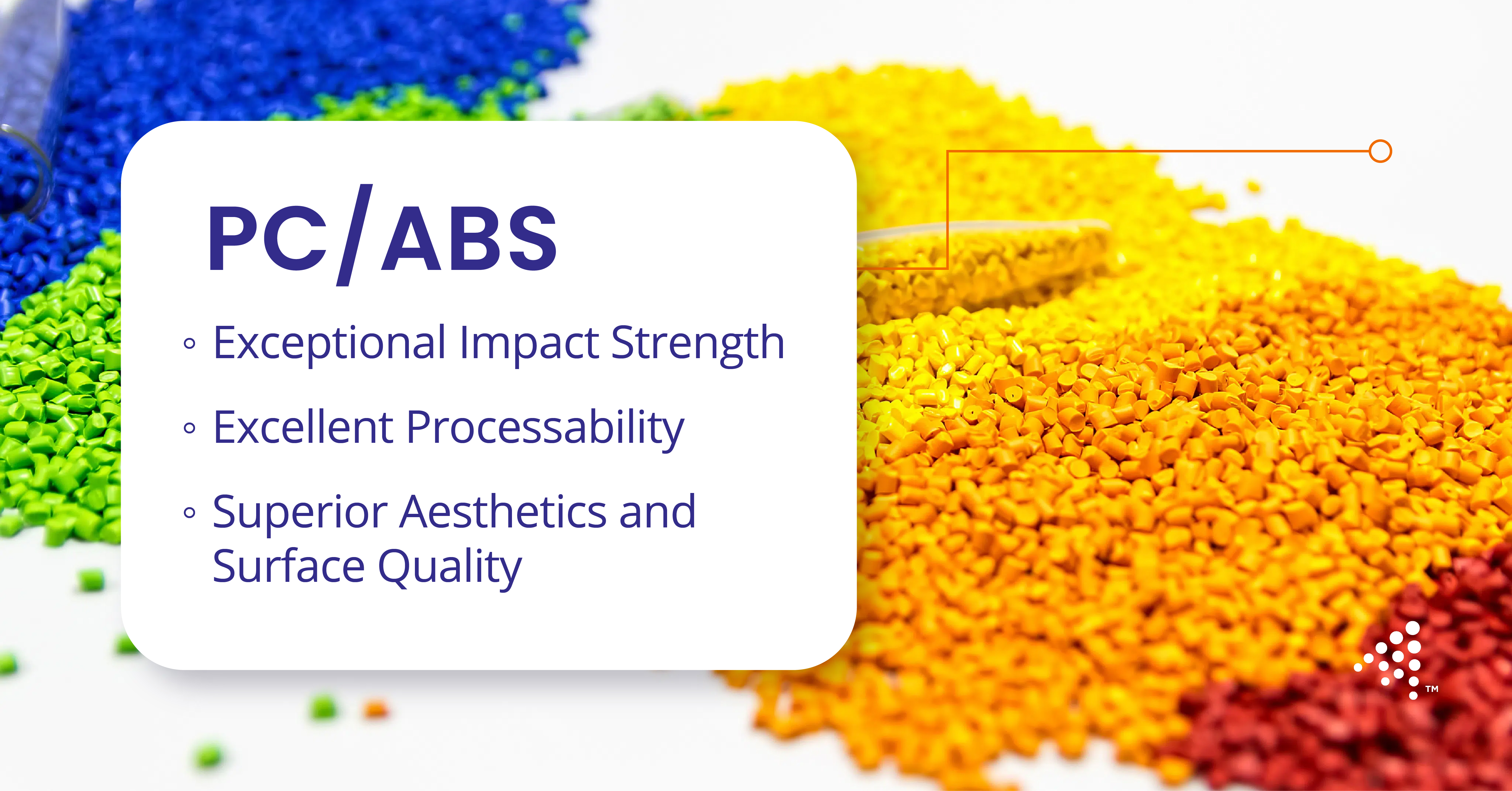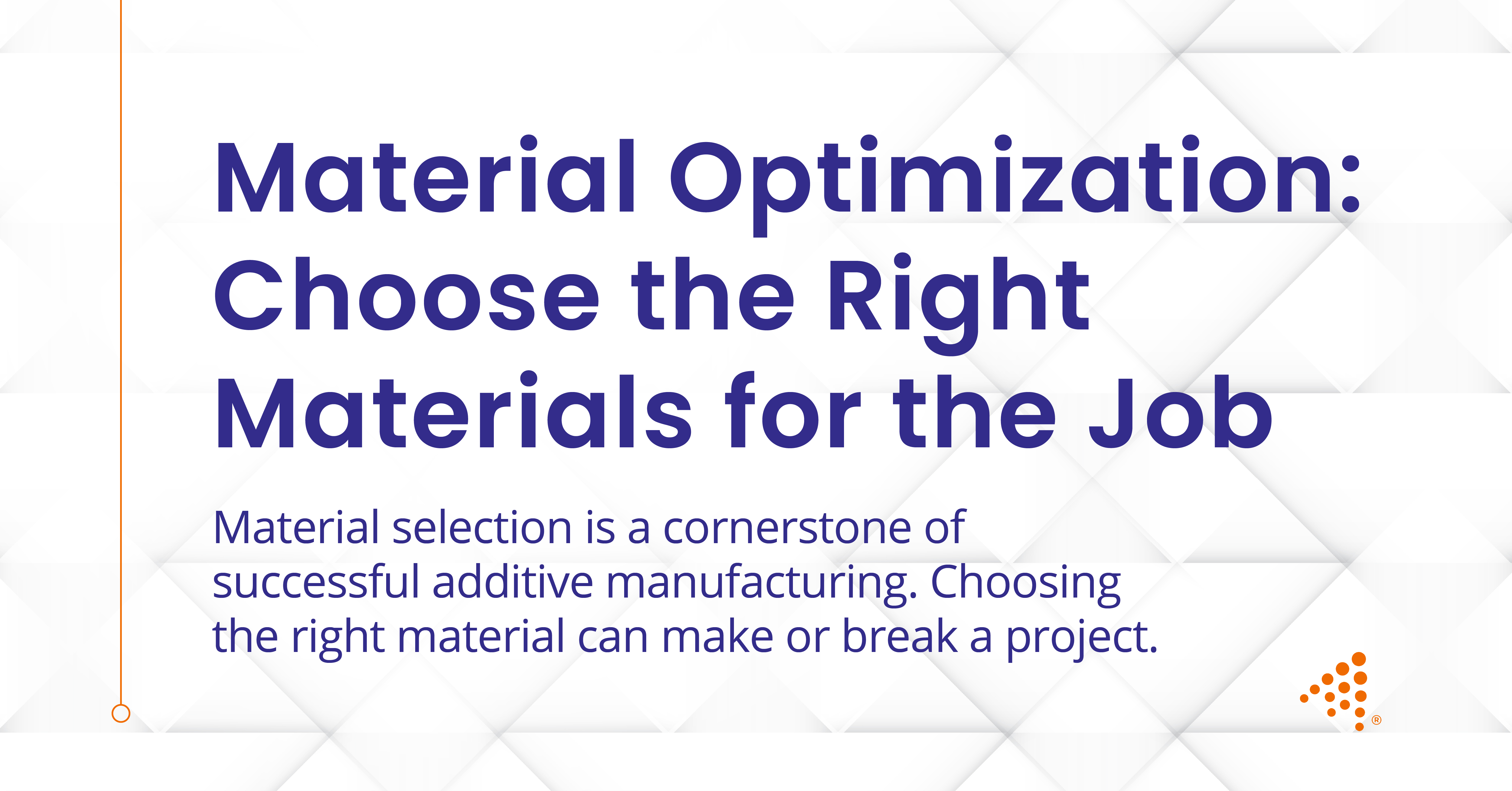Choosing the Best Surface Finish for Injection Molded Parts
When developing a plastic part through injection molding, the surface finish might initially seem like a purely aesthetic choice. However, its...
4 min read
Nick Erickson : Nov 6, 2025 2:09:00 PM

Choosing the perfect material is one of the most foundational decisions in product development, profoundly influencing a part's performance, lifespan, and manufacturing efficiency. In the realm of plastic injection molding services, this choice often comes down to a fundamental question: Does the component need to be rigid or flexible? This decision goes far beyond simple feel and texture; it dictates how the part will respond to stress, interact with its environment, and meet the stringent demands of its intended function, especially within precise fields like Medical Injection Molding.
Understanding the distinction between these two broad categories of materials is the first step toward optimizing your design for both function and manufacturability. Rigid plastics provide structure and strength, while flexible plastics offer adaptability and ergonomic benefits. Making the right selection requires a careful balance of functional requirements, operating conditions, and design considerations—often supported by expert Design for Injection Molding (DfIM) practices.
Rigid plastics are characterized by their high tensile and flexural modulus, meaning they resist bending and deformation under load. This inherent stiffness makes them the backbone of countless products that require structural integrity and dimensional stability. When a component must maintain its precise shape to function correctly, house sensitive electronics, or withstand mechanical stress, a rigid material is typically the answer.
Common rigid thermoplastics used in injection molding include Acrylonitrile Butadiene Styrene (ABS), known for its toughness and impact resistance, making it a popular choice for electronic housings and consumer products. Polycarbonate (PC) offers superior impact strength and optical clarity, often used for lenses, Medical Device Prototypes, and protective gear. For applications requiring high stiffness and low friction, materials such as Polyoxymethylene (POM), also known as Acetal, are frequently selected for use in gears, bearings, and other mechanical components. The primary advantages of these materials lie in their strength, stability under varying temperatures, and ability to hold tight tolerances, which is vital for plastic injection mold design services and complex assemblies.
Need Expert Guidance on Material Selection?
Work with a trusted plastic injection molding company for rigid and flexible solutions that meet your industry requirements.
On the other side of the spectrum are flexible plastics, prized for their elasticity, softness, and ability to bend, stretch, and compress without losing their original shape. A low flexural modulus and high elongation at break define these materials. They are the ideal choice for parts that need to provide a seal, absorb vibrations, or offer a comfortable, non-slip grip.
This category is dominated by materials like Thermoplastic Elastomers (TPEs), which combine the processing ease of plastics with the rubber-like qualities of elastomers. Thermoplastic Polyurethane (TPU) is another prominent flexible material, offering excellent abrasion resistance, tear strength, and performance in a wide range of temperatures. These materials are found in a variety of medical products, from soft-touch grips on surgical instruments and seals on diagnostic equipment to flexible tubing and gaskets. Their value comes from their ability to enhance user comfort, provide reliable sealing, and withstand repeated motion. Many manufacturers leverage Overmolding Services and Insert Molding for Medical Devices to achieve a combination of rigid and flexible performance in a single component.
The primary question to answer is what the part must do. If its main purpose is to provide structural support, protect internal components, or bear a consistent load, a rigid plastic is the clear choice. Its dimensional stability ensures that it will not warp or deform under typical operational stress. Conversely, if the part is designed to be a seal, a hinge, a flexible joint, or an ergonomic overmold, a flexible plastic is necessary.
This is where Plastic Part Design Optimization and DFM services play a major role. With precise analysis of impact resistance, stress behavior, and durability, engineers can determine whether a rigid material like PC or a flexible material like TPU will yield the best long-term performance.
A part's surroundings play a massive role in material selection. You must consider the full range of conditions it will encounter throughout its lifecycle. Will the component be exposed to extreme temperatures? High-performance rigid plastics often have a higher heat deflection temperature, making them suitable for parts that are near heat sources or must undergo high-temperature sterilization processes like autoclaving. For example, some grades of polysulfone (PSU) can withstand over 1,000 steam sterilization cycles.
Chemical exposure is another significant consideration. Medical devices are frequently cleaned with aggressive disinfectants. The material chosen, whether rigid or flexible, must be able to resist chemical attacks that could cause it to crack, soften, or degrade over time. Similarly, UV exposure requires stabilizers or ISO-Certified Manufacturing Company support to ensure longevity.
Read More About: Injection Molding Defects: Identifying and Fixing Burn Marks
Your material choice has direct implications for both the part and the mold. Injection mold design services often rely on rigid plastics for tight tolerances, while flexible plastics can simplify certain tool designs due to their ability to deform during ejection.
Flexible plastics are also advantageous for Prototype Injection Molding and Rapid Prototyping Services, where cost and iteration speed are crucial. In many cases, combining rigid and flexible materials with 3D Printed Prototypes or Carbon DLS Prototyping provides faster insights into real-world performance.
For medical devices, regulatory compliance drives material selection. Standards like ISO 10993 and USP Class VI ensure biocompatibility, while ISO 13485 Injection Molding and FDA Injection Molding confirm manufacturing compliance. Compatibility with sterilization processes (EtO, gamma, steam) is another essential factor, often validated through injection molding quality control and inspection, and quality control in manufacturing processes.
Ultimately, choosing between rigid and flexible plastics is a balancing act. It requires detailed evaluation of function, environment, manufacturability, and compliance. By leveraging Custom Injection Molding Solutions, design for manufacturing services, and additive manufacturing solutions, you can achieve both performance and production efficiency.
At Aprios, we specialize in helping clients navigate complex material selection challenges. From design and manufacturing services to end-to-end manufacturing services, our expertise in precise tooling solutions and ISO-Certified Manufacturing ensures your products meet the highest standards. Whether you need Quick Turn Injection Molding, Low-Volume Injection Molding, or scalable Custom Manufacturing Services, we’re here to guide you every step of the way.
You can also view our Material Selection tool.

When developing a plastic part through injection molding, the surface finish might initially seem like a purely aesthetic choice. However, its...

Polycarbonate/Acrylonitrile Butadiene Styrene (PC/ABS) is an engineering thermoplastic alloy, created by blending the two materials. This powerful...

The choice of material is a foundational decision that influences every subsequent stage of a project. It is a critical intersection of design,...